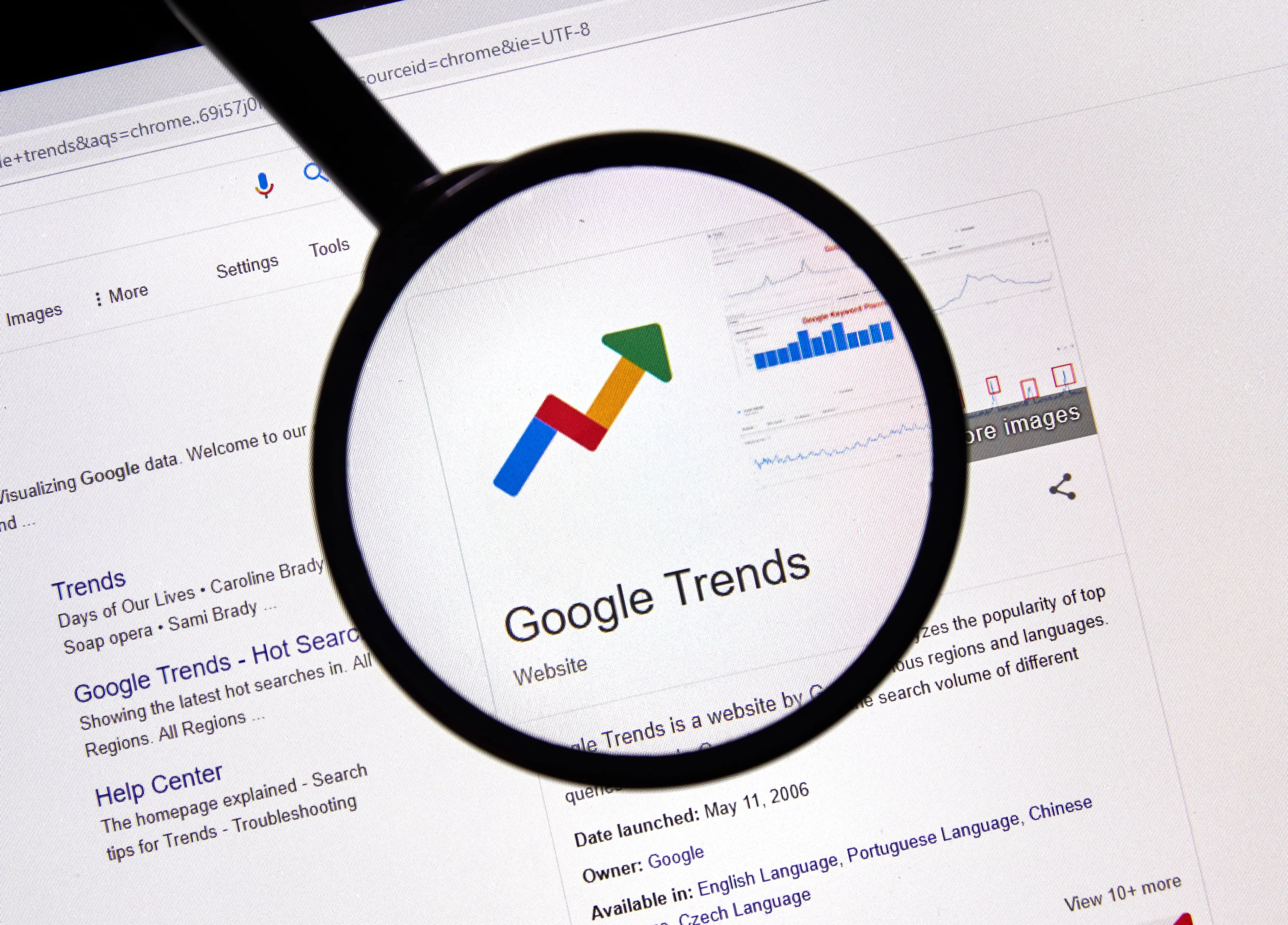
Google Trends (trends.google.com) is a useful way to explore what’s hot and what’s not. Let’s look at a few recent “hot” items in tech. Remember blockchain, Bitcoin, cryptocurrency, and nonfungible tokens (NFTs) sucked all the oxygen out of the room? Google Trends lets you compare when interest (based on Google searches) peaked for these terms, as well as showing you the relative level of interest. For example, interest in the related terms blockchain, Bitcoin, and cryptocurrency all peaked in late 2017 and early 2018 (hard to imagine it was five years ago), but the interest in Bitcoin was substantially larger than the other two. In contrast, search interest in NFTs peaked more recently, in early 2022 (and was less than interest in Bitcoin at that time).
By comparison, the “new hotness” that is ChatGPT(chat.openai.com) is still growing. It first appeared on the radar in late 2022 and has yet to reach the heights of interest in Bitcoin (although it outpaces current interest in that topic). Interestingly, the related topics of “large language models” (LLMs), which power ChatGPT and its ilk, and “generative AI,” which broadly describes the technology behind LLMs and other transformers, receive little interest.
I am always searching for something interesting, entertaining, informative and (ideally) useful to bring to readers, and Google Trends is one more tool I use in that search. Trends has a number of things you can tweak in addition to just the word or phrase you are interested in. You can restrict it by geography (for example, the above trends were based on web searches originating in the United States). You can choose a time period anywhere from the past hour to the period from 2004 to the present (useful for identifying when something “jumps the shark”). It is also possible to restrict results based on categories, which helps to distinguish between searches for “jaguar” the car and “jaguar” the animal. Finally, in addition to web searches, you can choose to look at trends based on searches for images, for shopping, for news and on YouTube.
Right now, it’s hard to see any emerging trends in technology because of all the interest in “AI,” which is a catchall for ChatGPT, LLMs, DALL-E, Midjourney, generative AI, machine learning, Bard, and other things which showcase software doing things in a believably human way. I remain a bit of a skeptic about these technologies. On first glance, it is impressive to see a picture or text created automatically in response to a prompt. But one must remember that these programs have seen huge amounts of text and image data, and “remember” it in some sense (the weights used to make selections in the model as it makes choices).
Much has been made of a program which learned to score more points than human players in a boating video game called CoastRunners by employing a strategy that humans were unaware of: “The [AI] agent finds an isolated lagoon where it can turn in a large circle and repeatedly knock over three targets, timing its movement so as to always knock over the targets just as they repopulate. Despite repeatedly catching on fire, crashing into other boats and going the wrong way on the track, our agent manages to achieve a higher score using this strategy than is possible by completing the course in the normal way. Our agent achieves a score on average 20 percent higher than that achieved by human players.”
Does this mean that this software “agent” displays greater intelligence than human players? I don’t think so. It simply sees (and remembers) all the things that generate points and optimizes its actions to generate the most points. It seems like it is generating an original approach to the game, but only because it has seen and remembers (again, via model weights) so many examples of game play. True, an ordinary human cannot do that. But it doesn’t make this AI intelligent.
Because I think it is extremely important that people understand how these generative AIs work, allow me to suggest some online materials for the curious. An easy introduction is “A Completely Non-Technical Explanation of AI and Deep Learning” (parand.com/a-completely-non-technical-explanation-of-ai.html). Follow that with “A Visual Introduction to Machine Learning,”, part 1 (r2d3.us/visual-intro-to-machine-learning-part-1/) and part2 (r2d3.us/visual-intro-to-machine-learning-part-2/) which explains how machines can identify patterns in data using animations. Those who grasp those articles should consider Stephen Wolfram’s “What Is ChatGPT Doing … and Why Does It Work?” (writings.stephenwolfram.com/2023/02/what-is-chatgpt-doing-and-why-does-it-work), which dives into the deep end of the machine-learning pool.
As a parting gift, allow me to suggest an AI-based tool that you may find useful: You can upload any PDF to chatpdf.com and it will generate a summary of the PDF and let you ask questions about its contents—it will even suggest three questions to get you started. Best of all, there is a free level of service which should satisfy most casual users (three 10 MB PDFs per day).
Questions? Comments? Have your AI drop me a line at mike@mikeduffy.com.
Author
-

Michael E. Duffy is a 70-year-old senior software engineer for Electronic Arts. He lives in Sonoma County and has been writing about technology and business for NorthBay biz since 2001.
View all posts




2 thoughts on “What’s Hot, What’s Not at Google Trends”
You really make it seem really easy with your presentation but I
to find this matter to be actually one thing which I think I might never understand.
It sort of feels too complex and very wide for me. I’m looking ahead on your next
put up, I’ll attempt to get the grasp of it!
You are my aspiration, I own few web logs and rarely run out from post :). "Fiat justitia et pereat mundus.Let justice be done, though the world perish." by Ferdinand I.